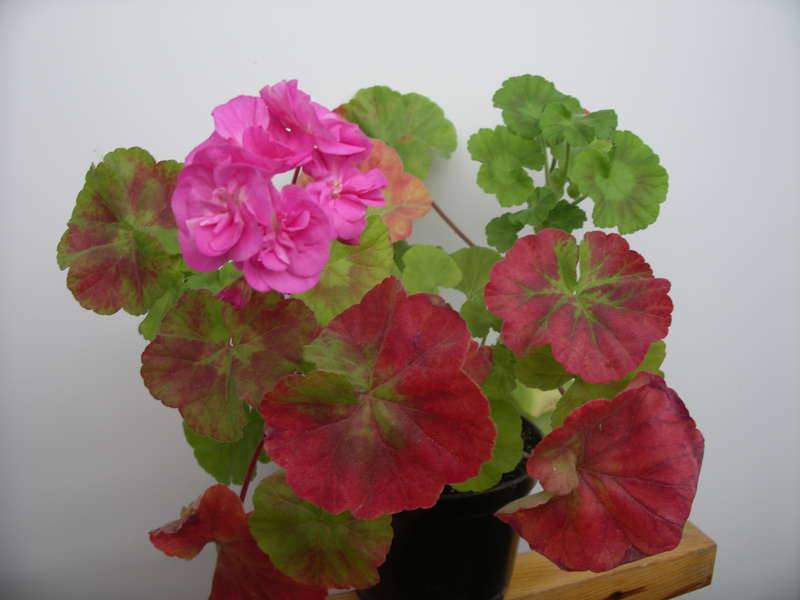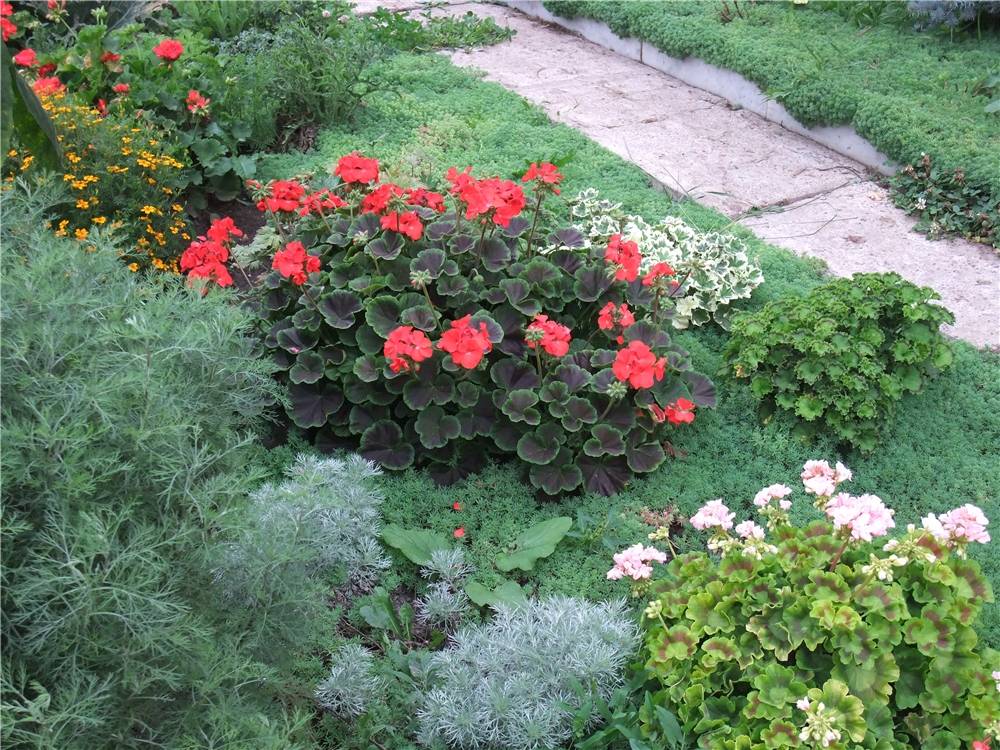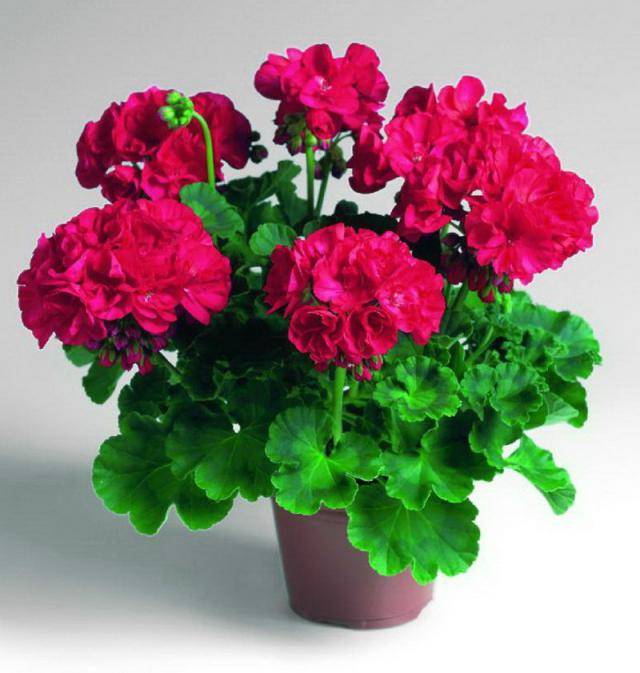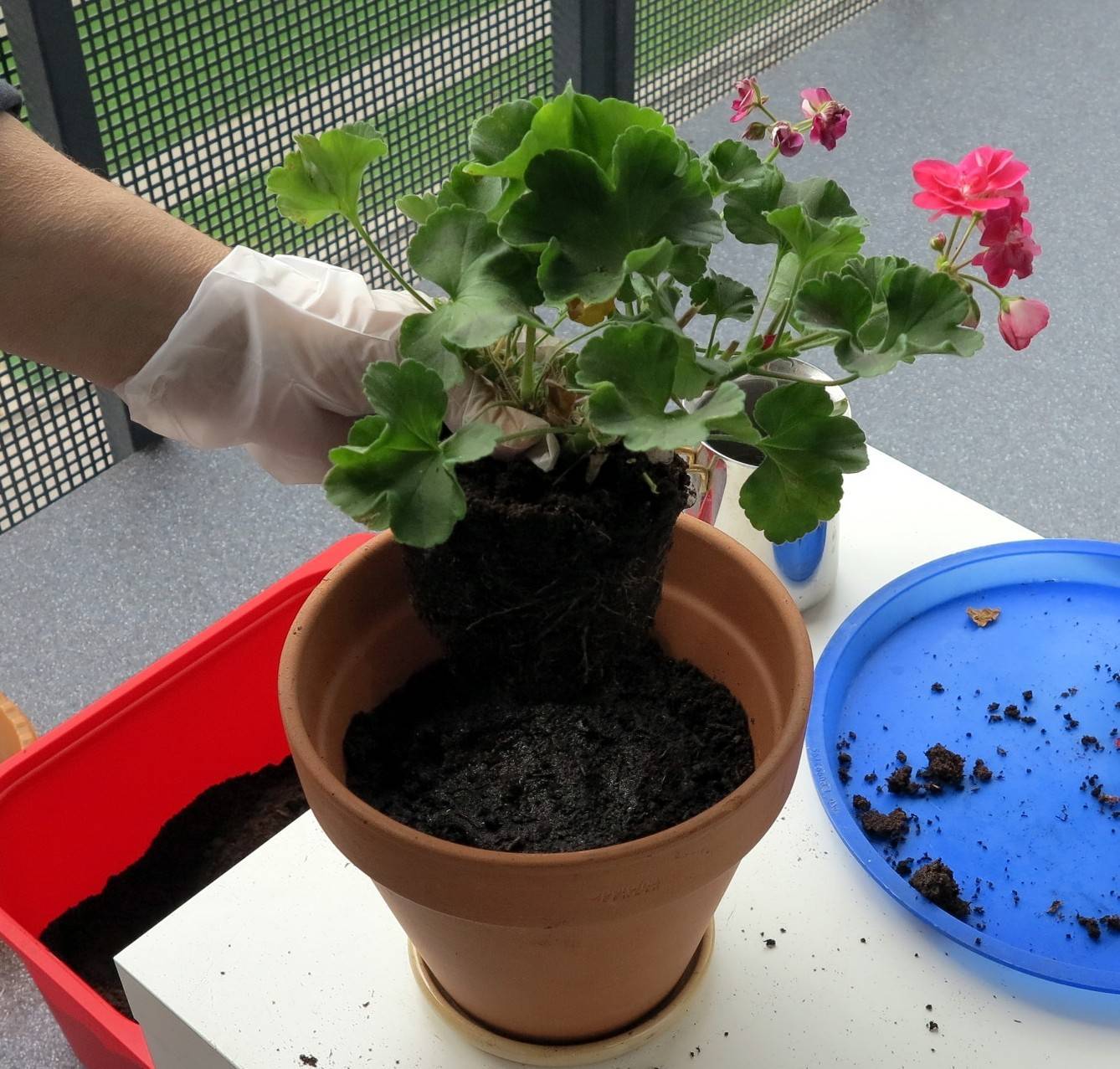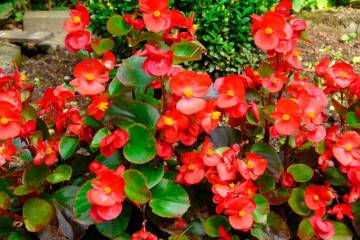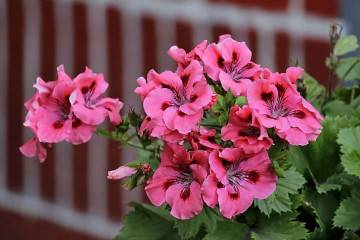Why geranium leaves turn red - causes and treatment
Content:
The popularity of geranium in recent years has become more and more, since the flower is associated with home comfort. The plant is noteworthy in that in winter it decorates the windowsill, and in the summer it can be used to decorate a summer cottage. Even beginner growers can easily cope with the cultivation of pelargonium due to the fact that the plant is quite unpretentious to care for and quite viable. But, like all plants, sometimes geraniums are subject to various diseases, one of which is the reddening of the leaves. There are several reasons why geranium leaves turn red.
The main causes of reddening of leaves in room geraniums around the edges, spots or below
There is no definite answer why geraniums have red leaves. But you need to look for the reason in the wrong content of the plant:
- excess moisture;
- a lot of sunlight;
- abuse of feeding;
- non-observance of the temperature regime;
- damage by pests or diseases.
Geranium leaves may turn red only at the edges or completely, or it may be such that spots appear in different places or on the back side.
Cold air in the room (below +18) can provoke the appearance of redness around the edge. This phenomenon indicates freezing of the plant. Partial redness in the form of spots appears with excessive watering or excess sunlight. Excessive lighting most often changes the color of old leaves in spring, while young ones perceive bright sunlight normally.
Overuse of frequent watering leads to the appearance of root rot, as evidenced by red spots on the leaves of the geranium. The leaves of the lower layer are affected first. Root rot disease is characterized by a lack of nutrients, which leads to slow wilting and further death of the plant.
In addition to the incorrect content of room geranium, the cause of the appearance of spots can be aphids, which disrupt the structure of the leaf. Affected leaves dry out over time and fall off. You can fight the pest by spraying with insecticides.
Why leaves can turn red and dry in pelargonium outdoors
When geraniums are planted in open ground, the reason for the appearance of red spots is most often the difference in air temperature during the day and night. For a heat-loving flower, lowering the temperature to +18 degrees can lead to the formation of spots on the leaves.
Aggressive sunlight also damages the delicate leaves of the flower, so don't leave the geranium outdoors in direct sunlight. For planting, it is better to choose a place with diffused light or partial shade.
The wrong composition and moisture content of the soil affects the discoloration of the leaf. Before planting pelargonium in open ground, it is worth making sure that there are enough nutrients in the soil with a normal pH level for the development of the plant and there is no stagnation of moisture, which in the future may lead to the appearance of diseases.
Geraniums in the garden, like other plants, can be attacked by various pests. Therefore, trying to understand the leaves of the geranium turned red - why, it should be examined for the presence of parasites, and then treated with insecticidal preparations.
What to do to save the red-leaved geranium
To help the plant cope with the problem, it is necessary to find out the cause of the redness. The first step is to take a close look at the plant and the earthy coma. It may be necessary to transplant geraniums into another pot, so it is better to prepare it in advance (for an adult plant, a pot of the same size is taken, and for a young one - a few centimeters larger). New land and drainage will also be needed.
If the geranium has not been watered for several days, and the substrate is wet, then most likely it has been waterlogged for some time and, possibly, the plant is infected with fungal infections. In this case, the plant must be taken out of the pot and the roots must be carefully examined for rotten and spoiled roots. The roots that have begun to dry or turn yellow must be removed.
A simple test will help determine the degree of damage to the flower by fungal infections. A small cut is made in the upper part of the trunk, if the tissues are green, then only the lower part of the geranium is affected and the plant can be helped to cope with the disease. If the cut has a red or brown tint, then the plant has already died and cannot be saved. Provided that the geranium can still be saved, it will need to be transplanted.
When transplanting, the soil should be disinfected in advance. This can be done in several ways:
- Heat the potting mix in the oven for 30 minutes.
- Scald with boiling water.
- Treat the substrate with fungicides according to the instructions on the package of the preparation.
After transplanting, the flower pot is removed to a dark place for several days. Experienced growers recommend spraying geraniums with Zircon every two days after transplanting, this will reduce the stress of the plant. After a week, the flower can be placed on the east side window. After 2-4 weeks, top dressing with universal fertilizer.
In case of sunburn, when the leaves of pelargonium begin to turn red, no special procedures are necessary. First, the flower is rearranged to a new place and observed.
Prevention of the appearance of red leaves in geraniums
Any disease is easier to prevent than to cure. To prevent geraniums from developing red leaves, it is enough to choose the right pot for the plant. It should not be too large or small, and do not forget about timely plant transplants.
To prevent the appearance of red spots on the leaves, it is worth pinching and pruning in spring and summer, and in winter, provide the plant with a dormant period.
Controlling the balance of nutrients will also help eliminate the formation of redness in the deciduous mass. It is necessary to apply top dressing in spring and summer once a week; during the flowering period, it is recommended to use fertilizers with potassium and phosphorus.
Watering is carried out as needed and only after the earthen coma has dried. Excessively moist soil causes root rot, which leads to the appearance of red pigment in the leaves.
A properly selected place for geraniums will exclude sunburn or drafts, so the plant will fully grow and develop.
Compliance with all the rules of care and prevention of diseases will allow the plant to remain healthy and delight with lush flowering and a beautiful view for a long time.
